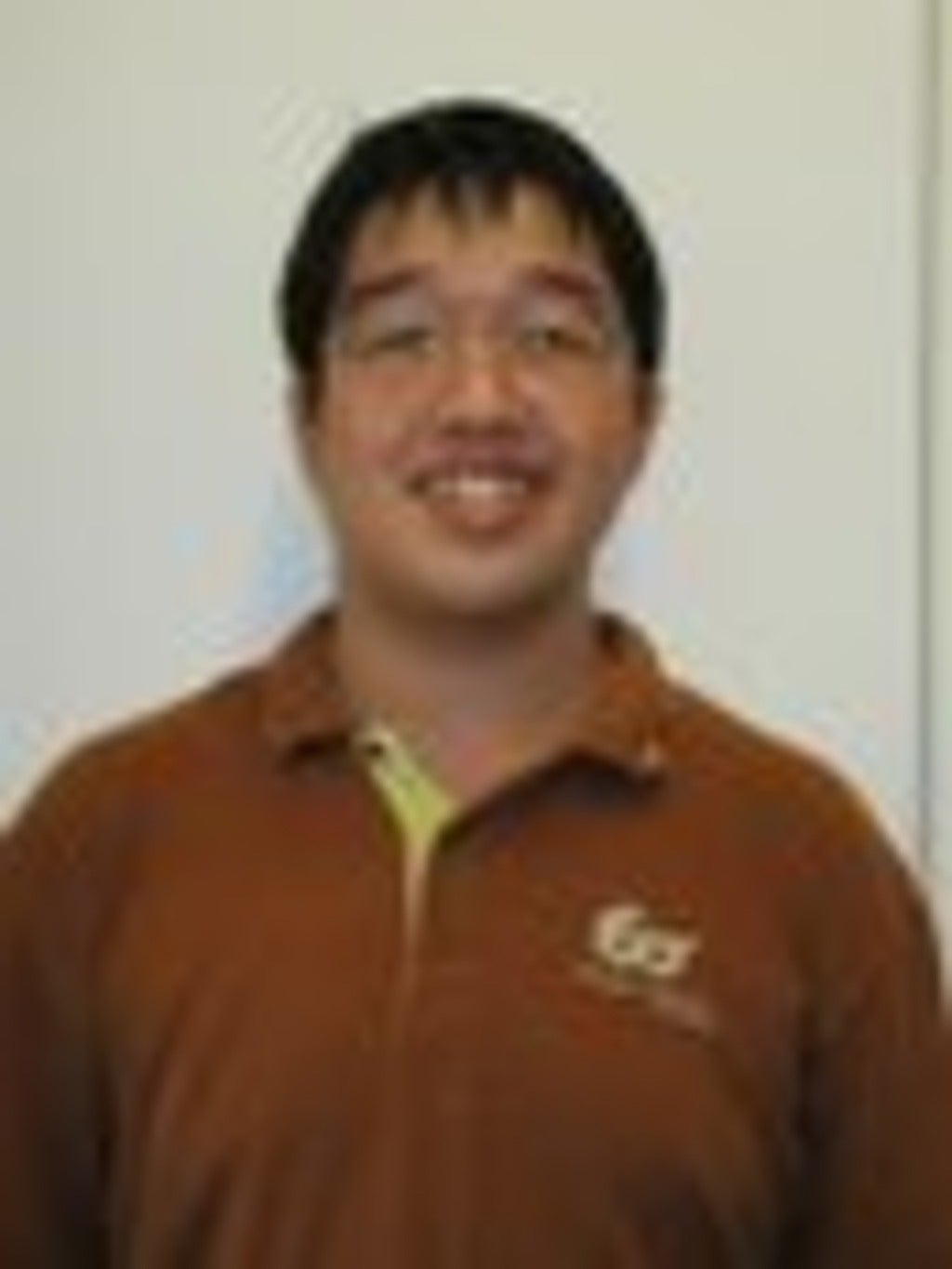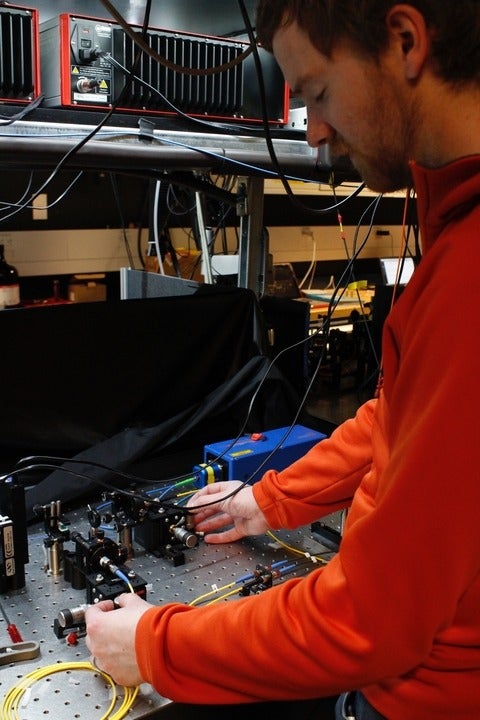MSc Thesis - Poompong Chaiwongkhot
 Poompong Chaiwongkhot of the Department of Physics and Astronomy will be defending his thesis:
Poompong Chaiwongkhot of the Department of Physics and Astronomy will be defending his thesis:
Detection Efficiency Mismatch and Finite-Key-Size Attacks on Practical Quantum Cryptography Systems
Poompong is supervised by Research Assistant Professor Vadim Makarov.


 Evan Meyer-Scott of the Department of Physics and Astronomy will be defending his thesis:
Evan Meyer-Scott of the Department of Physics and Astronomy will be defending his thesis: